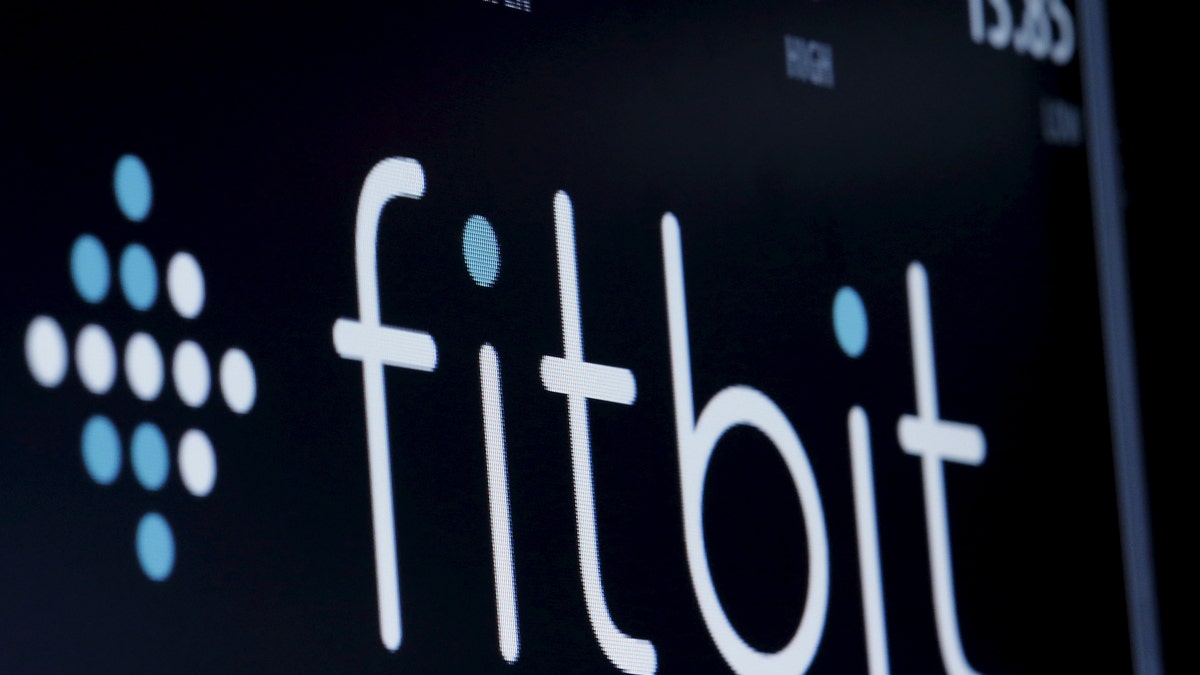
File photo: The ticker symbol for Fitbit is displayed at the post where it is traded on the floor of the New York Stock Exchange (NYSE) February 23, 2016. (REUTERS/Brendan McDermid)
Fitness trackers can give you an idea of how many calories you burned during a workout or entire day — but don't expect those measurements to be accurate.
Researchers at Stanford University School of Medicine studied seven popular fitness trackers and found that "none of [them] measured energy expenditure accurately," according to a news release. That finding applies to the Apple Watch, Basis Peak, Fitbit Surge, Microsoft Band, Mio Alpha 2, PulseOn, and the Samsung Gear S2.
The team found that even the most accurate of those devices was still off "by an average of 27 percent." The least accurate was off by an impressively bad 93 percent.
"People are basing life decisions on the data provided by these devices," the study's senior author Euan Ashley, a professor of cardiovascular medicine, genetics, and biomedical data science at Stanford, said in a statement. But doing so might not be a wise decision.
More From PCmag
Ashley and the team enlisted sixty volunteers — 31 women, 29 men — who wore the seven devices while walking or running on treadmills or using stationary bikes. They measured each volunteer's heart rate with a medical-grade electrocardiograph and measured their metabolic rate with an instrument used for measuring the oxygen and carbon dioxide in breath. The researchers then compared the results from the wearable devices with the measurements from the two "gold standard" instruments.
The team found that six out of the seven devices measured heart rate "within 5 percent." It was a very different story for their measurements of calories burned.
"The heart rate measurements performed far better than we expected," Ashley said, "but the energy expenditure measures were way off the mark. The magnitude of just how bad they were surprised me."
So according to the release, "basing the number of doughnuts you eat on how many calories your device says you burned is a really bad idea."
A paper reporting the researchers' findings was published Wednesday in the Journal of Personalized Medicine.
This article originally appeared on PCMag.com.




















